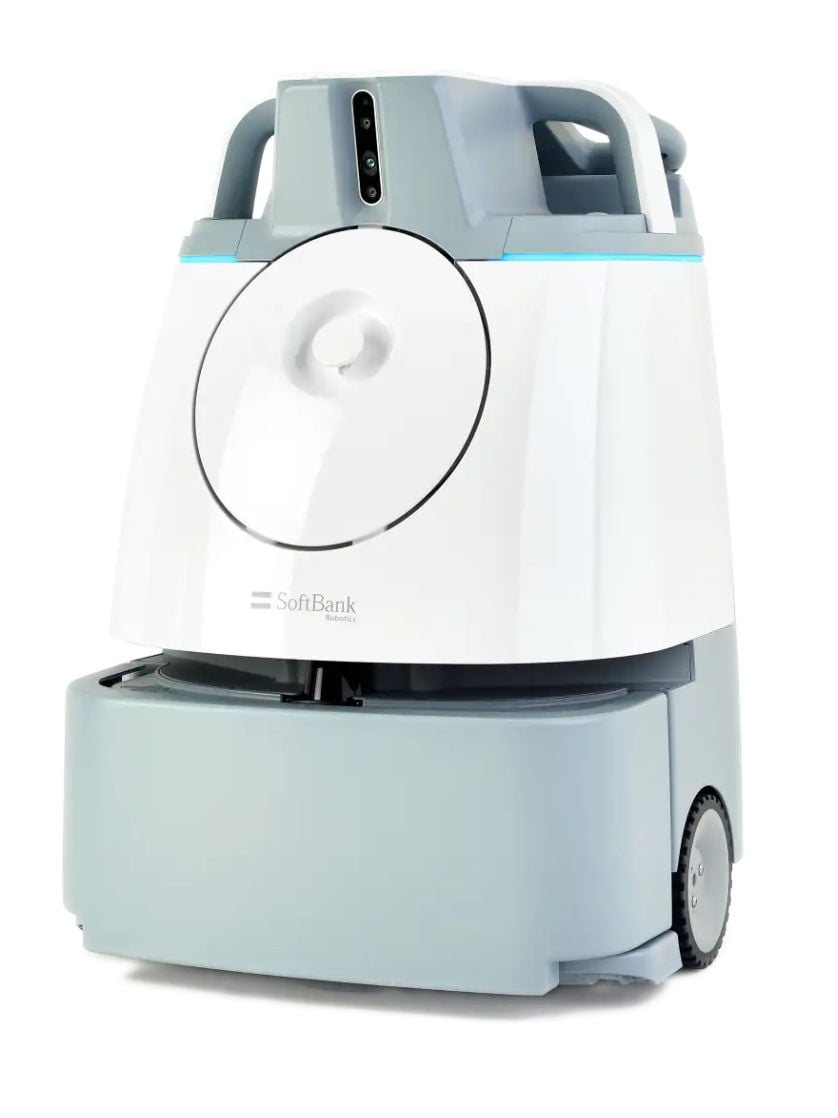The Future of the Robotic Coworker in Commercial Cleaning
The idea of adding robots to our daily lives, whether at work or at play, has been an exciting prospect for many businesses. Robots open up a wide range of possibilities to improve the quality, speed, and efficiency of essential--if monotonous--jobs. However, this excitement around the technology’s potential has sometimes been tempered by concern over robots displacing human workers. The reality is: robotic coworkers complement rather than replace human staff. In commercial cleaning, the collaboration between robots and staff helps your business stay competitive, increases the effectiveness of your staff, and enables your business to nimbly respond to challenges. As we transition into a “new normal” both during and after the coronavirus pandemic, these capabilities are more important than ever before.
What is the New Normal for Commercial Cleaning?
The last few weeks have rapidly changed the game for commercial cleaning businesses, as demand for cleaning has skyrocketed and new, stricter standards for cleanliness have emerged virtually overnight. The changes have left commercial cleaning companies scrambling for resources. In fact, ZipRecruiter noted a 75% surge in cleaning help wanted ads in March 2020. In response, many businesses have been turning to automation and robotics to keep up with the demand. But what happens when it’s all over?
While shelter-in-place orders will not last forever and we will gradually return to a semblance of normalcy, the changes we’ve seen won’t disappear overnight. In fact, as people begin to return to work and venture back into stores and restaurants, the need for rigorous cleaning protocols will only be heightened further. Adhering to these standards will be critical--both to keep a second wave of infections at bay and to ease client anxiety. “There are some amazing technologies that have come on board in the last five years that really make a difference,” said Patty Olinger, executive director of the Global Biorisk Advisory Council (GBAC). “What this pandemic is going to do is catapult us into that new technology, and that new philosophy” (Bloomberg Law).
We’re already seeing commercial cleaning robot usage increase in real-time. According to Brain Corp, in March 2020, the company saw a 13.6% YoY increase in average daily usage of BrainOS-powered robots in retail facilities. Brain Corp expects the uptick to continue as businesses realize the value of automation. Because of this trend towards automation, companies that effectively deploy teams of people and commercial cleaning robots now will be better equipped to meet these demands in the future.
As we move into the future of clean, the following are 3 ways commercial cleaning robots and humans will collaborate to keep up with cleaning demands in the new normal.
1. Robots Will Offload Mundane Tasks so Cleaning Staff Can Focus on Regular Deep Cleaning
Gone are the days when cleaners will be able to spend valuable labor hours on time-consuming, mundane cleaning tasks like vacuum cleaning. These rote tasks will still need to be done to maintain high levels of cleanliness, but they will be automated to free up staff time for more regular deep cleaning. Robots will be deployed for the mundane tasks, while human workers will be reassigned to the critical detail work. This division of labor among people and robots will ensure broader coverage and higher quality cleaning across all tasks.
In an industry already choked for resources, robots will provide a valuable reprieve. For example, Whiz, the commercial robot vacuum from SoftBank Robotics, can offload up to 30% of cleaning time traditionally spent vacuuming manually. Plus, cleaning companies will be able to better retain employees that aren’t overworked or saddled with endless mundane tasks.
2. Robots Will Increase Cleaning Efficiency, So Staff Can Complete Jobs in Less Time
The need for efficiency isn’t going away; it’s accelerating. Getting more jobs done in less time will be critical to the success of a commercial cleaning business. Not only is efficiency good for your business’s bottom line, but it can also increase safety. For example, getting staff in and out of spaces more quickly will reduce human contact, increasing the odds of keeping your staff and building occupants healthy. Going forward, being able to demonstrate safe and efficient cleaning practices will differentiate commercial cleaning companies from the larger market.
3. Robots Will Enable Social Distancing so Staff Can Work More Safely
Some tasks like dusting and vacuuming can kick up dust into the air. When human workers spend large amounts of time on these tasks, they may sneeze or cough--spraying microscopic droplets into the air. Whether the worker is sick or not, each sneeze or cough will raise a concern with both clients and other staff members.
Robotic cleaning solutions cannot spread infection in this way; rather, commercial robot vacuums can quickly complete the traditionally dusty vacuuming tasks without raising concern. In addition, robotic vacuums like Whiz kick up 8x less dust compared to manual cleaning, improving air quality. Finally, by leveraging robots, cleaning crews can limit the number of people that must be present for each shift, further enabling social distancing and limiting the risks of infection transmission.
Conclusion
The new normal for commercial cleaning is here, and it’s a world where people and robots work together to clean better, faster, and more safely. Now is the time to make smart technology decisions to prepare for this new normal and deliver industry-leading solutions to your customers. And it doesn’t have to be an enormous upfront investment. Some autonomous cleaning solutions like Whiz, the commercial robot vacuum from Softbank Robotics, developed in partnership with Brain OS and ICE Robotics, are available with a subscription model, allowing you to cost-effectively pilot the solution in your facilities.
To learn more, tune into our webinar on BSC Implementation Challenges.





